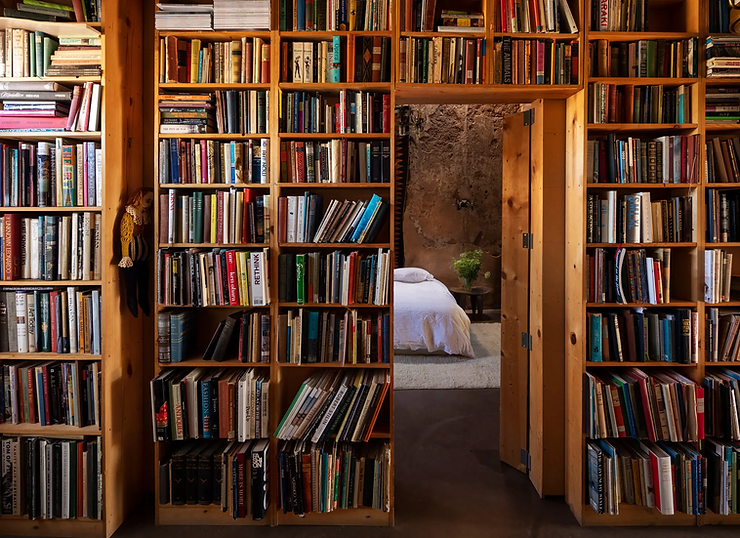By: Olivia Fang
After working together at a Buffalo Exchange–a used clothing chain– in Tuscon, Arizona, fashion designers Salima Boufelfel and Roberto Cowan knew that they had to be friends (New York Times). Both Tuscan natives, the two come from similar backgrounds. 36-year-old Boufelfel grew up around artists and academics and first showed an interest in fashion while styling costumes for her school play (New York Times). Cowan, a 33-year-old, comes from a family of seamstresses, teaching himself how to sew at 13 (New York Times). In 2012, the pair took over a vintage boutique in their hometown, Desert Vintage, stocking it with over 5,000 items that crossed many different styles from many different areas (New York Times). However, throughout their years as business owners and stylists, their greatest achievement is their house.
Since the beginning of their partnership, Boufelfel and Cowan have lived in Tuscon. While they may travel the world in search of exotic pieces to add to their collection, they always return to their 2,000-square-foot home, located in the town of Barrio Viejo (New York Times). When the neighborhood was first developed in the late 1800s, it was home to working-class immigrants. However, in recent years, the neighborhood became gentrified and distanced from its roots. The two felt it was necessary to stay in their house, with Cowan stating, “I’m holding it down for my family” (New York Times).
Once they finished furnishing, Boufelfel and Cowan invited New York Times reporter Eviana Hartman and photographer Dean Kaufman into their home. The ceilings are 14 feet high, and made with vigas, which are “rough pine structural beams” (New York Times). The floor plan of the house is in the shape of a spiral, similar to a “meditation labyrinth,” as Boufelfel describes it (New York Times). The bedrooms are concealed by a bookshelf, made of raw pine (New York Times). Throughout the house, there are many paintings and statues, most of them gifted to the pair by other artists. From the bathtub to the desks, most of the house includes objects from the 20th century, keeping true to their identity as vintage clothing collectors. As Boufelfel describes, the house is “like an extension of us and how we live our lives, in a quieter way.” (New York Times).
Sources:
– Two Vintage Clothing Dealers’ Greatest Find: Their House – The New York Times (nytimes.com)











